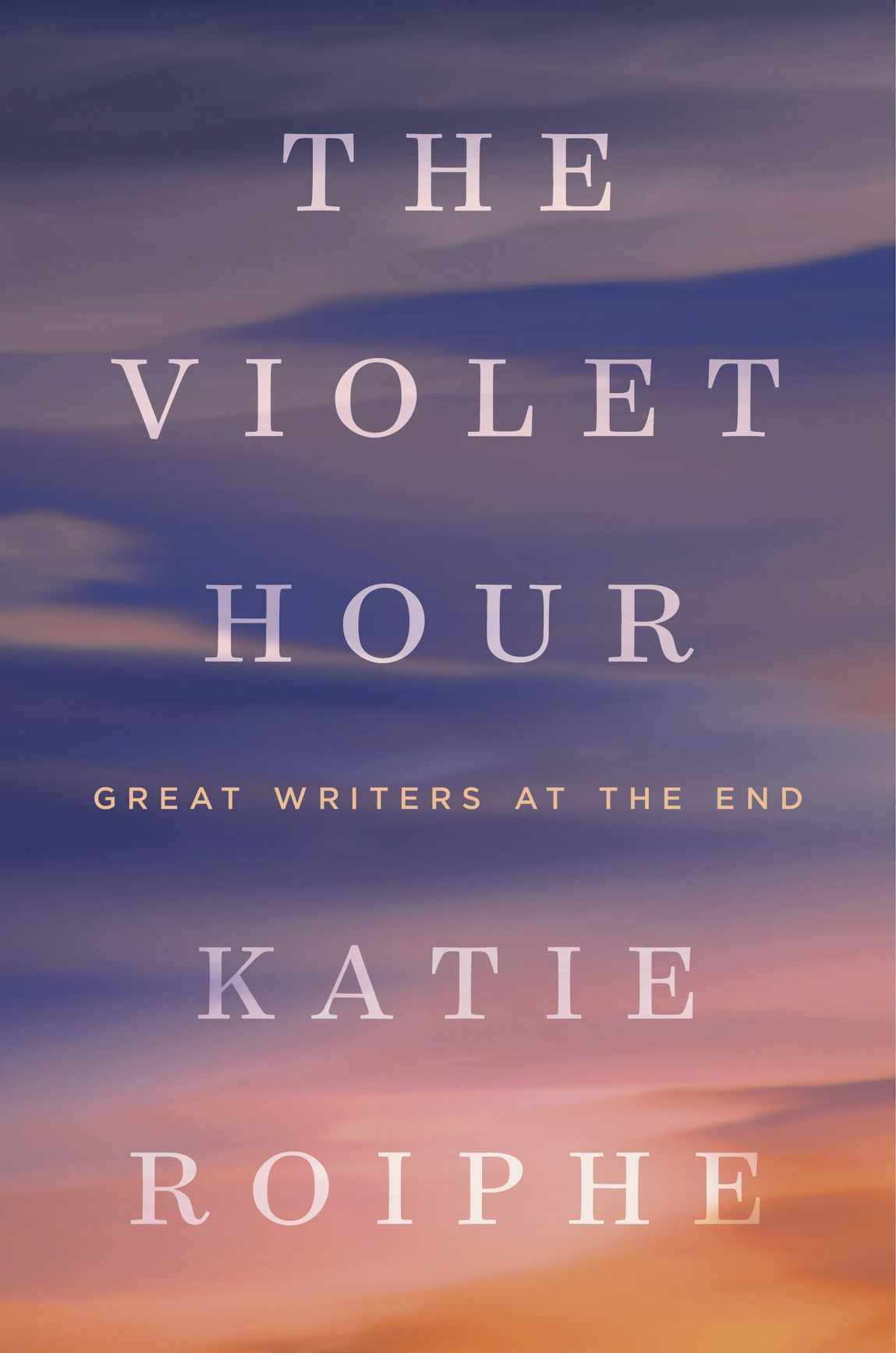
The Violet Hour
Great Writers at the End
کتاب های مرتبط
- اطلاعات
- نقد و بررسی
- دیدگاه کاربران
نقد و بررسی

November 23, 2015
When acclaimed writer Roiphe (In Praise of Messy Lives) was 12, she contracted pneumonia. This book, she declares, had its origin in the hazy, fever-filled days she spent hovering between life and death. Roiphe explores, through mesmerizing storytelling, how six writers—Susan Sontag, Sigmund Freud, John Updike, Dylan Thomas, Maurice Sendak, and James Salter—confronted mortality. Drawing on her subjects’ writing and on interviews with their friends and loved ones, she relates how they “embraced or evaded, made peace with or raged against death.” When Sontag receives her breast cancer diagnosis, she steels herself to continue her work. Returning home after deciding on chemotherapy, Updike rests his head on his typewriter, as if resigned to never writing again, until his wife, Martha, says to him, “Just one more book.” Freud faces his final days calmly, refusing painkillers, as if collecting notes for an essay about his own death. Thomas seems almost to long for death, while Sendak expresses pure terror in his stories and drawings. When Roiphe visits Salter, who died suddenly of a heart attack months after her visit, he tells her he doesn’t think much about death. Roiphe’s riveting profiles reveal a simple truth: each person faces death in a unique way. Agent: Suzanne Gluck, WME.

Starred review from December 15, 2015
How five artists dealt with that carriage that kindly stopped for them. In this absorbing and affecting book, Roiphe (In Praise of Messy Lives, 2012, etc.) chronicles how Susan Sontag, Sigmund Freud, John Updike, Dylan Thomas, and Maurice Sendak dealt with what Freud called the "painful riddle of death." She chose them because she always "felt some heat coming off their writing." The last thing Sontag wanted to do was die. She was ferocious in her fights against three cancer attacks. She finally succumbed to cancer of the blood but not before enduring as a last resort great suffering and pain from a blood transfusion procedure using near-lethal doses of chemotherapy. She didn't die; she just wore out from trying so hard to live. Roiphe notes that her hospital rooms always looked like her office at home. Freud approached his impending death from necrosis in his mouth, brought on by years of smoking his beloved cigars (he never quit), with a scientific stoicism. He finally gave up, and his private doctor performed euthanasia. Updike had been writing about death (and sex) since he was young; he often had death panics. When he accepted the fact that his lung cancer would kill him, he turned to poetry, urgent to finish Endpoint. "If style could defeat death," writes Roiphe, "Updike would have." Ferociously alcoholic, Thomas turned his preoccupation with death into ragingly beautiful poetry. His death at 39, Roiphe writes, was "both a great shock and utterly anticipated." Sendak, who kept Keats' "original death mask" in a guest room, was also obsessed with death and, Roiphe notes, wrote about it constantly in his books. He died at 83 from a stroke. As he told one interviewer: "I'm ready, I'm ready, I'm ready." An epilogue about James Salter, who died just before Roiphe finished her book, completes this beautiful and haunting work. Never overly sentimental, this is a poignant and elegant inquiry into mortality.
COPYRIGHT(2015) Kirkus Reviews, ALL RIGHTS RESERVED.

Starred review from March 1, 2016
Consider the group Roiphe (In Praise of Messy Lives, 2012) selected: Susan Sontag, Sigmund Freud, John Updike, Dylan Thomas, Maurice Sendak, and James Salterall articulate, creative people who were especially sensitive to death. Roiphe combed through their letters and journals, their interviews and manuscripts. She also talked to family and friends as well as caretakers and housekeepers. Her motivation, she writes, was to see if I can capture a death on the page in order to repair or heal something. She wanted to look at death and be less afraid. Sontag fought to the end, convinced that she aloneshe was always the exception in everything she did, after allcould conquer this most universal of human fates. Freud refused painkillers so he could think clearly at the end. Updike was unprepared for his bleak fate. Thomas avoided doctors at all cost. Sendak was obsessed with death, even at a young age. The 89-year-old Salter didn't really think much about death. These are vivid portraits of human beings who, whether consciously or not, teach the rest of us how to face the final journey. Roiphe's book is touching and luminous, profound and somehow reassuring. Recommend it to anyone who is grieving or has experienced a death, which ultimately means all of us.(Reprinted with permission of Booklist, copyright 2016, American Library Association.)

























دیدگاه کاربران